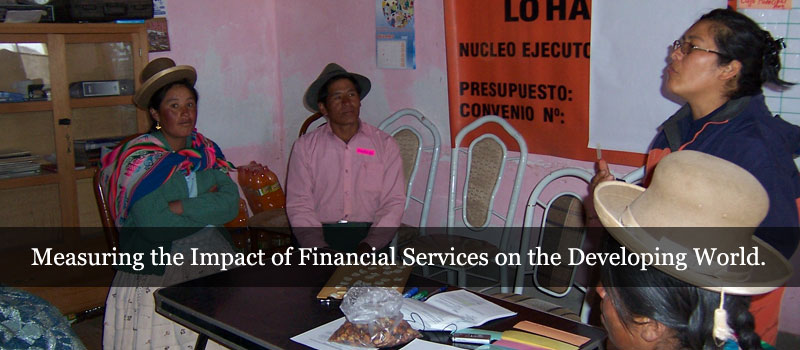Microinsurance: Exploring Ways to Assess Its Impact
Over the past decade, a number of microfinance institutions (MFIs) and other organizations have begun providing insurance for the poor. Known collectively as microinsurance, these new financial products seek to help the poor by reducing their vulnerability to unexpected shocks like illness or death. Whether and how they actually do help the poor, however, is up for debate. To date, no study has documented the impact of microinsurance on the welfare of low-income individuals. Indeed, because the field of microinsurance is still new, it is not even clear where to look for the impact. Although numerous studies have sought to assess the impact of micro-credit and savings by measuring changes in indicators such as household income and expenditures, whether these same indicators apply to microinsurance is unknown.
This study aims to contribute to the field of microfinance by identifying and refining indicators that can be used to study the impact of microinsurance. It explores how household financial behavior may change as a result of purchasing insurance and compares how those with insurance (or policyholders) cope with risks differently from those without insurance (or non-policyholders). In doing so, the study takes a first step toward identifying areas or "domains" of impact that can be expected to change as a result of having insurance. The goal is to have the results of this study feed into the design of a longer-term, more comprehensive impact assessment of microfinance.
This paper begins with a description of a preliminary causal model that presents several hypotheses regarding impact of microinsurance. The model outlines the pathways by which insurance is believed to benefit the poor, based on existing literature. The causal model is a conceptual framework that examines how access and use of financial products can lead to impact. It also identifies the domains of impact and their corresponding sets of indicators. After describing the preliminary causal model and a preliminary set of impact indicators specific to microinsurance in Section Two, Section Three presents the objectives and research questions for this study. Section Four describes the methodology and data collection, and Section Five presents the main findings. The last two sections summarize the main conclusions and suggest a set of research questions for further study.




